Collecting art is a way of life for some
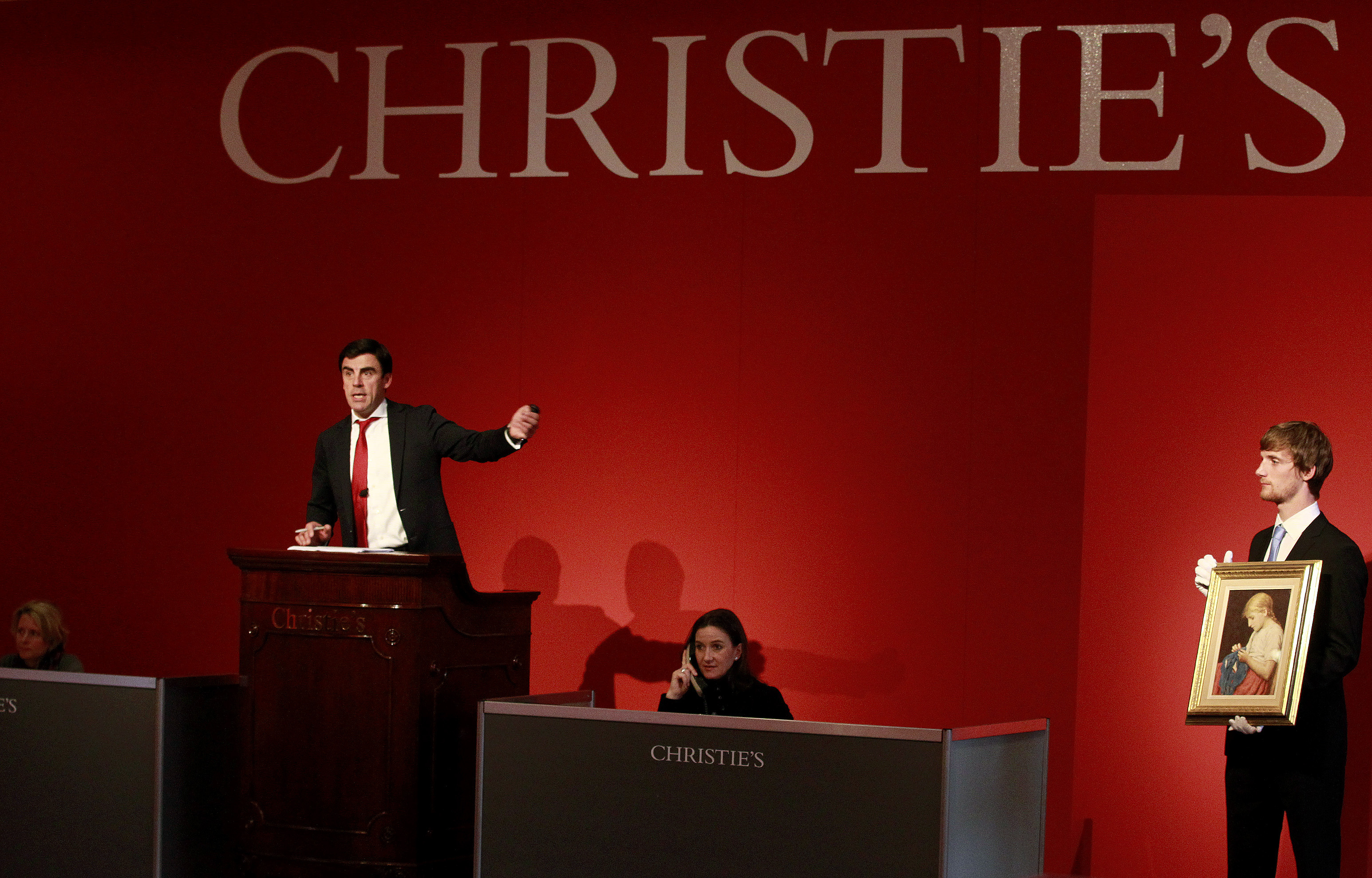
Switzerland is home to 13 of the world’s 200 richest art collectors. Art Basel will be welcoming a certain number of them this week along with thousands of aficionados, the wealthy and not so wealthy. swissinfo.ch caught up with one of them.
Neutrality, political stability and banking secrecy have helped art collectors build up their collections and encouraged them to stay in Switzerland. Museums have benefited after their deaths, with works passing into public hands.
Art collectors come in all shapes and sizes: bankers, investors, celebrities, heirs, patrons, companies, art lovers or artists themselves.
Among them Xavier, a 48-year-old watch designer from Geneva who has been collecting the work of young artists for the past decade, who asked for his name not to be published.
swissinfo.ch: Why do you wish to remain anonymous?
Xavier: My collection is about my couple, part of a love story that creates another bond between my wife and me. I don’t really like to be called a collector, I prefer to call it a passion.
For us, it’s a way of life, but I am very cautious because it’s very intimate. The only time I talked about my collection publically – at ArtBasel – I received more than 100 letters from galleries. It was hell.
swissinfo.ch: Will you go to Art Basel?
X.: I don’t know if I will go this year because people try to woo you from all sides, and not always very elegantly. Behind the collections, there is the art market that is sometimes unbearable because it is so much of a business.
We are only small players and we don’t get caught up in the market frenzy. I meet a lot of people as part of my job, but I don’t like fairs – I don’t even like the word. But I might want to go and see an artist who is a friend or see a preview, and sometimes it’s funny to see how people carry on.
I have nothing against big collectors – after all why not invest in art rather than in a football team – and I’m very open. I’m just not one of those people who has a limousine laid on when they arrive, I don’t have rules, I don’t work with major galleries and I am a very unfaithful client.
We have a set budget and we are not interested in money. What we are interested in is supporting young artists, to meet them, to follow them and spend time with them. We have a lot of respect for them.
swissinfo.ch: How did you start collecting and what are your criteria?
X.: We are both creative people. I’m a designer and my wife studied and teaches fine arts. But we are both amateurs with eclectic tastes. Our collection is heterogeneous, because wherever we go, alone or together, we visit galleries without a specific idea.
We have mostly drawings and paintings, not many photos, and only a few small installations since we live in an apartment without too much space.
It’s true that contemporary art is not always easy to understand, but there is a lot happening, it’s diverse, heartwarming, with exceptional moments, sometimes a little madness and so much the better for it. We just sort of let it happen and the works finally choose us.
swissinfo.ch: What kind of artists do you collect?
X.: They’re from all over the place. We have works from Swiss artists, but also plenty by Americans. We meet exciting people and we enjoy the dialogue with them. Young people are good for us as our society is very gentrified. They are 25 to 30 years old, and they ask us questions that help keep us young too.
swissinfo.ch: China and Chinese artists are one of the flavours of the moment. Does it interest you?
X.: I have no affinity for Chinese art even if I work with a Chinese brand and I travel to China at least once a year. But I’m not really interested. We are interested in thought-provoking art, that raises questions. You could say we buy questions, not answers.
swissinfo.ch: A collector is someone who buys something he doesn’t know where to put because he’s run out of space. How do you manage your purchases?
X.: It’s true that we pile up things all over the place. There is stuff everywhere, on the walls, in boxes and there is even some stored at my parents. Sometimes you lose the overview and suddenly, when you open a box, you realize you had forgotten about something. But memories come flooding back because each artwork is part of our lives.
We change things around regularly, we repaint, we hang works differently. It’s always moving; it’s a bit like a disease with its ups and downs. Some items don’t move because they are a part of our lives. I am very attached to what we collect, but I am not hung up on the material side and often make gifts to my friends. There are also some items we longer appreciate, but very little at the end of the day.
swissinfo.ch: If the market value of one of “your” artists takes off, you must be pleased though?
X.: Of course, we have some artists who have a successful career and that’s interesting, but not because of the financial aspect. It’s the human aspect that’s important, because it means they can live from their art, and if they can live well, all the better. But a lot of them fall by the wayside and cannot earn a living.
In May 2012, auctions of postwar and contemporary art at Christie’s and Sotheby’s generates sales of $578 million (SFr551 million) for 102 masterpieces, bypassing the previous best result of $565 million in November 2007. This included record prices for works by 18 artists, among them a Mark Rothko painting which sold for $77.5 million.
In 2011, the total value of works auctioned off increased by 21 per cent over the previous year to $11.5 billion, including $1.3 billion (+$291 million) for contemporary art.
China is the biggest buyer with 41 per cent of the market, ahead of the United States (23.6%), Britain (19.3%), France (4.5%), Germany (1.8%) and Switzerland (1.4%).
(Source: Artprice)
Around ten or so Swiss collectors are among the 400 to 500 taste makers that define the contemporary art market.
Switzerland is home to 13 of the world’s 200 biggest collectors, including Monique and Jean-Paul Barbier-Mueller (Geneva), Cristina and Thomas Bechtler (Zurich) as well as Monique and Max Burger (Zumikon), according to Artprice.
During the 20th century, wealthy patrons – individuals or companies – contributed to the development of Swiss museums through bequests or loans.
Some collections, such as that of Oskar Reinhart (Winterthur) were given to the federal government.
Others were opened to the public or given to museums: Barbier-Mueller (Geneva), Brown (Baden), Bührle (Zurich), Dübi-Müller (Solothurn), Häuptli (Aarau), Hahnloser (Winterthur), Georges Keller and Rupf (Bern), La Roche (Basel), Rosengart (Lucerne), Sturzenegger (St Gallen), von der Heydt (Ascona), Züst (Rancate).
Patrons also helped create new museums such as the Beyeler Foundation in Riehen, the Gianadda Foundation (Martigny), the Emanuel Hoffmann Foundations (Basel), the Geneva Contemporary Art Museum and Bern’s Paul Klee Centre.
(Translated from French by Scott Capper)

In compliance with the JTI standards
More: SWI swissinfo.ch certified by the Journalism Trust Initiative
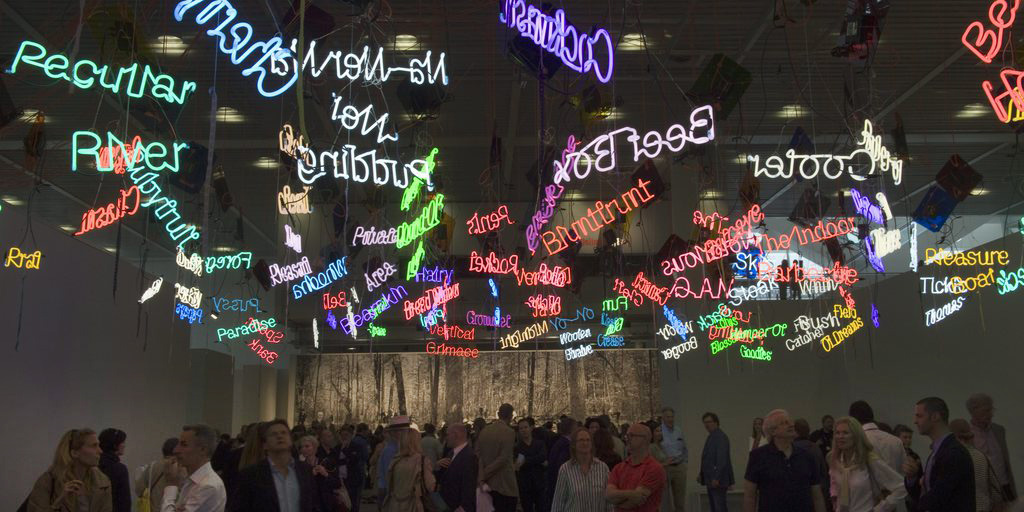
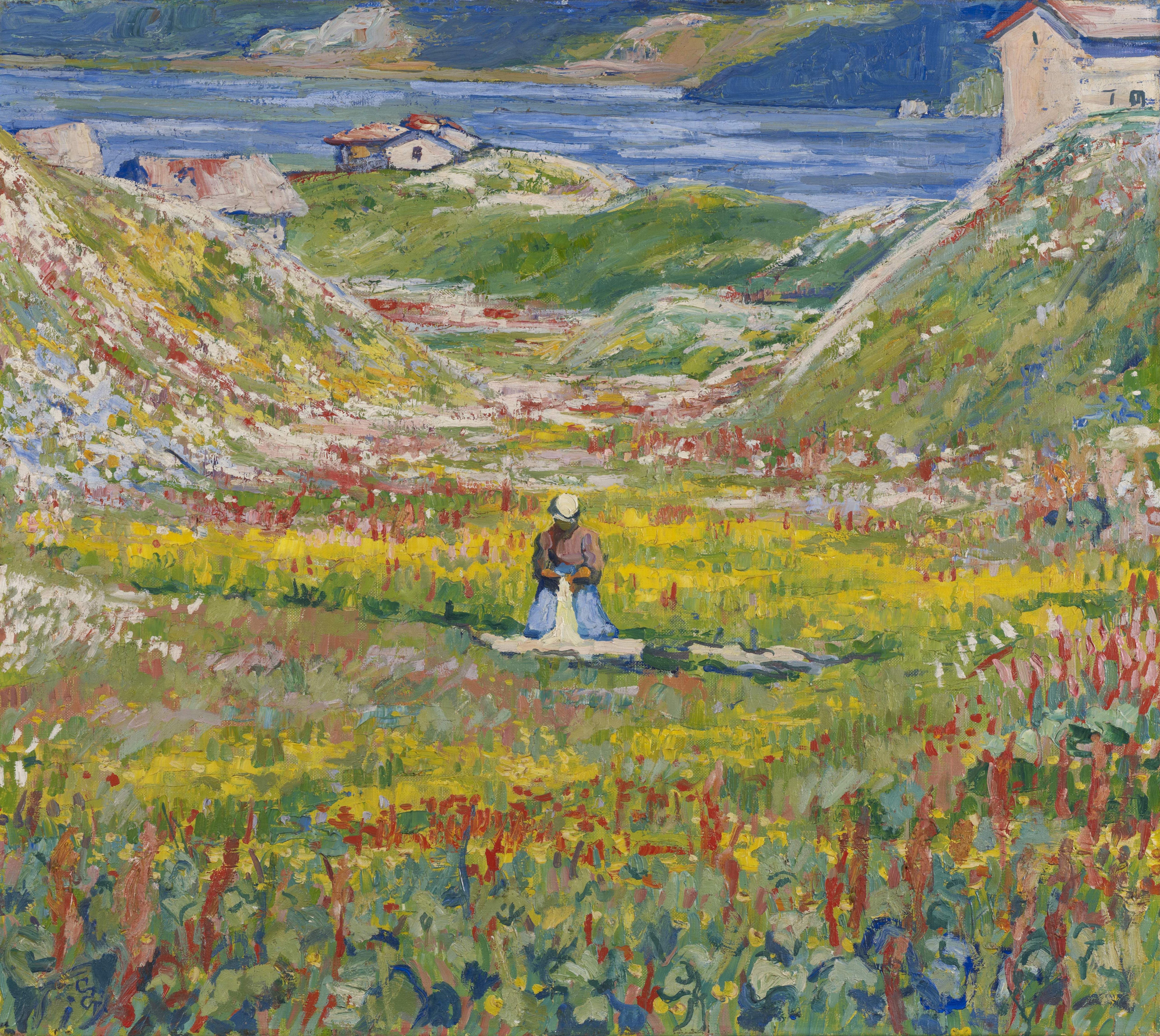
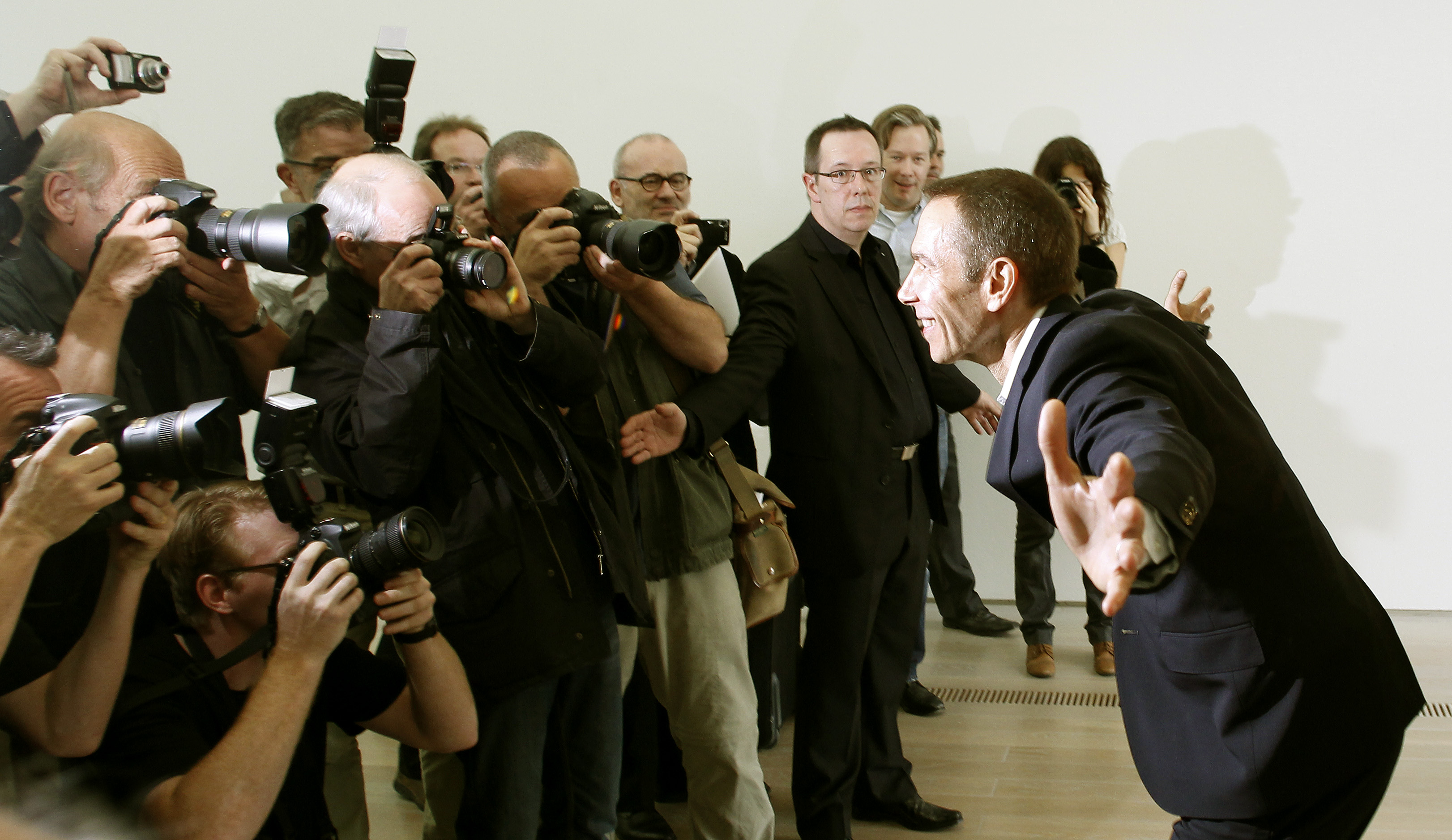
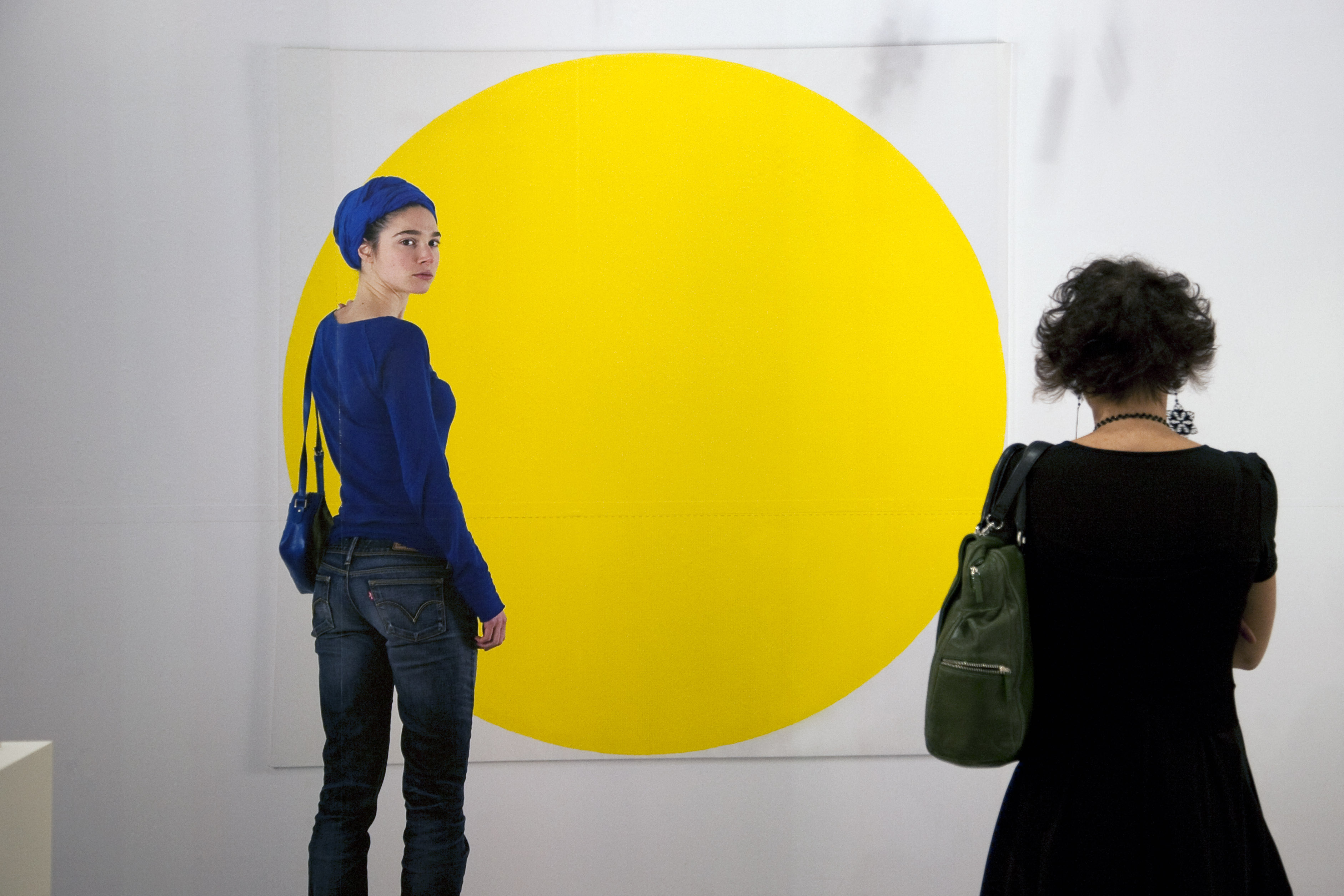
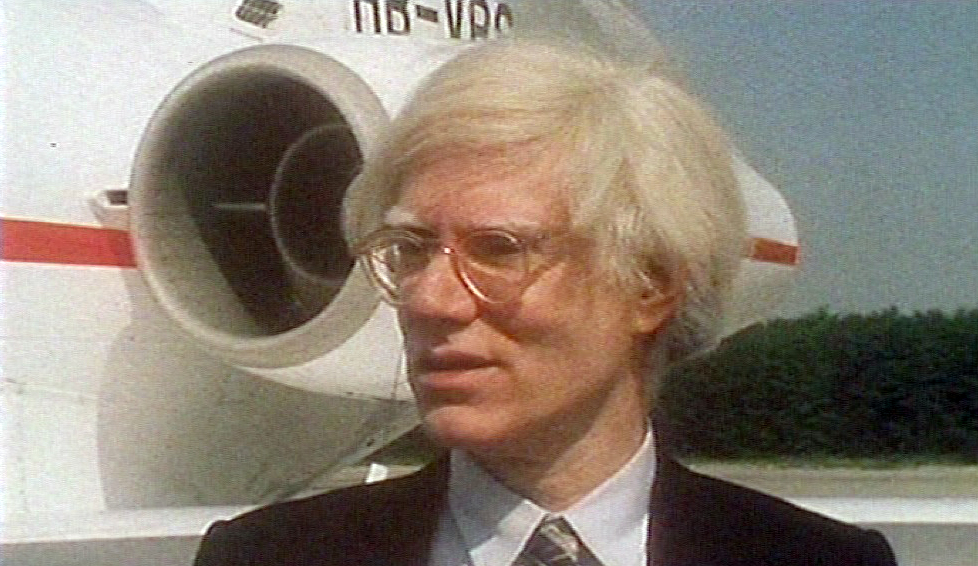
You can find an overview of ongoing debates with our journalists here. Please join us!
If you want to start a conversation about a topic raised in this article or want to report factual errors, email us at english@swissinfo.ch.